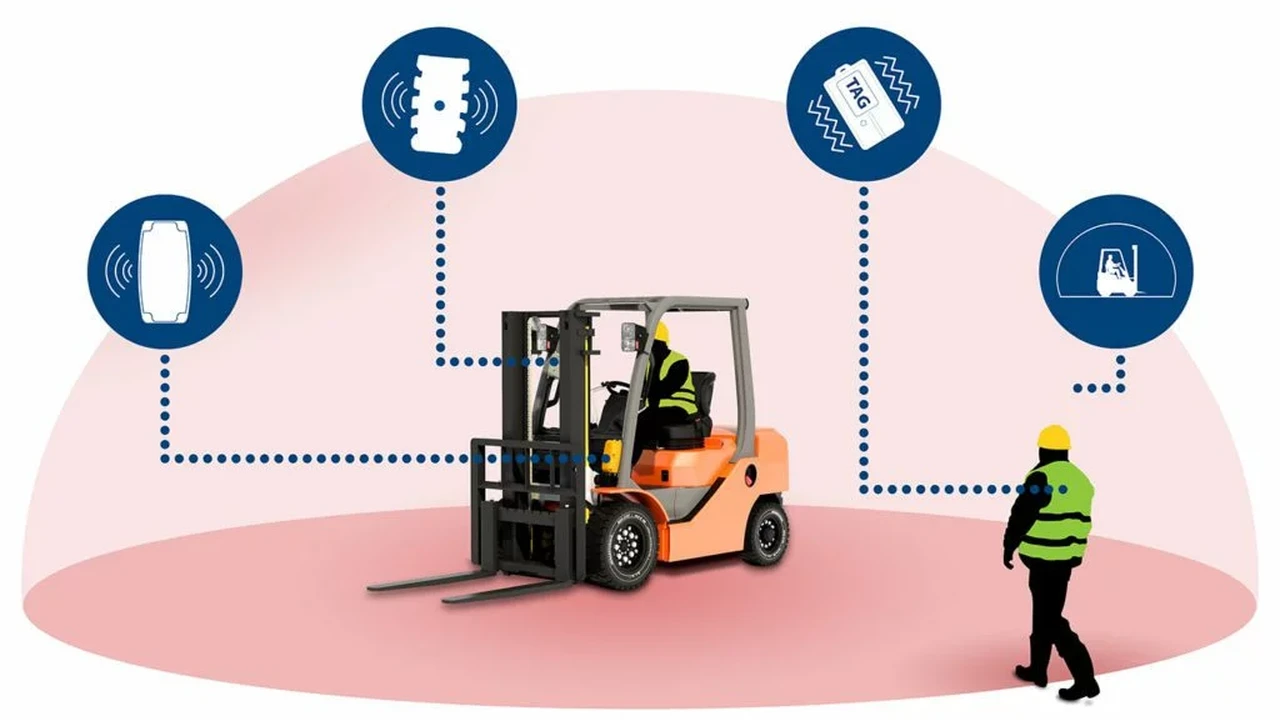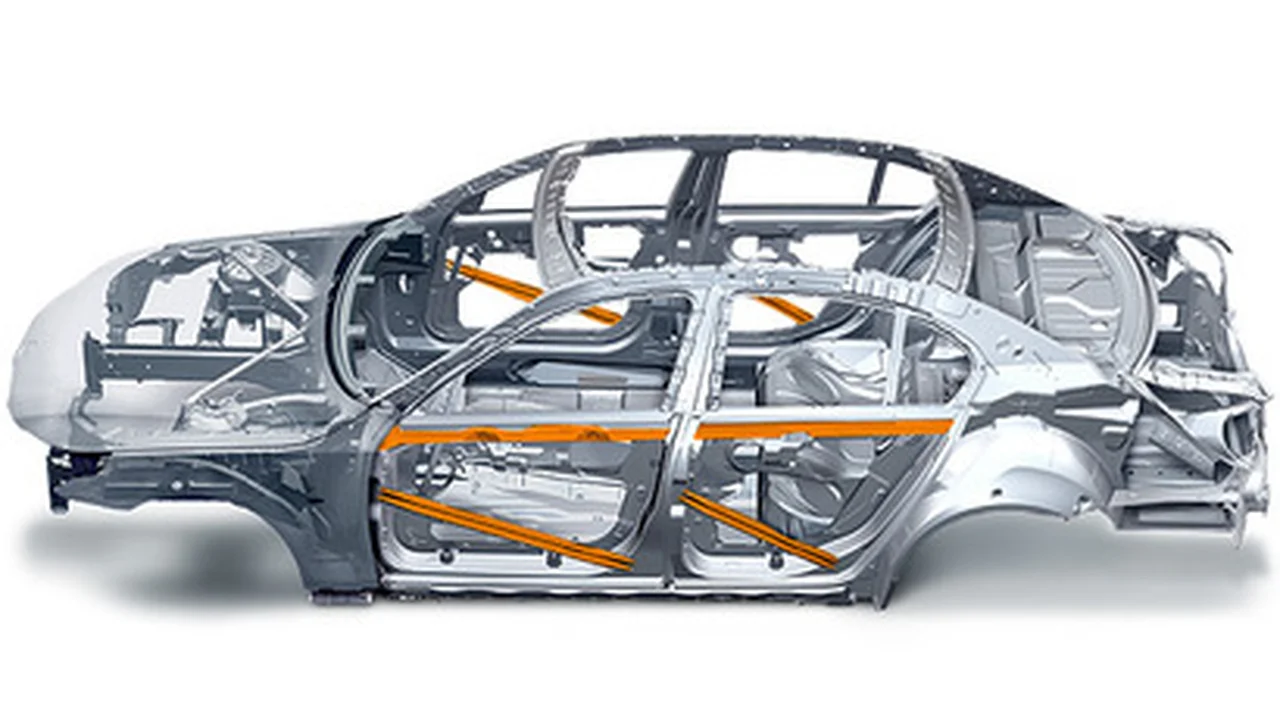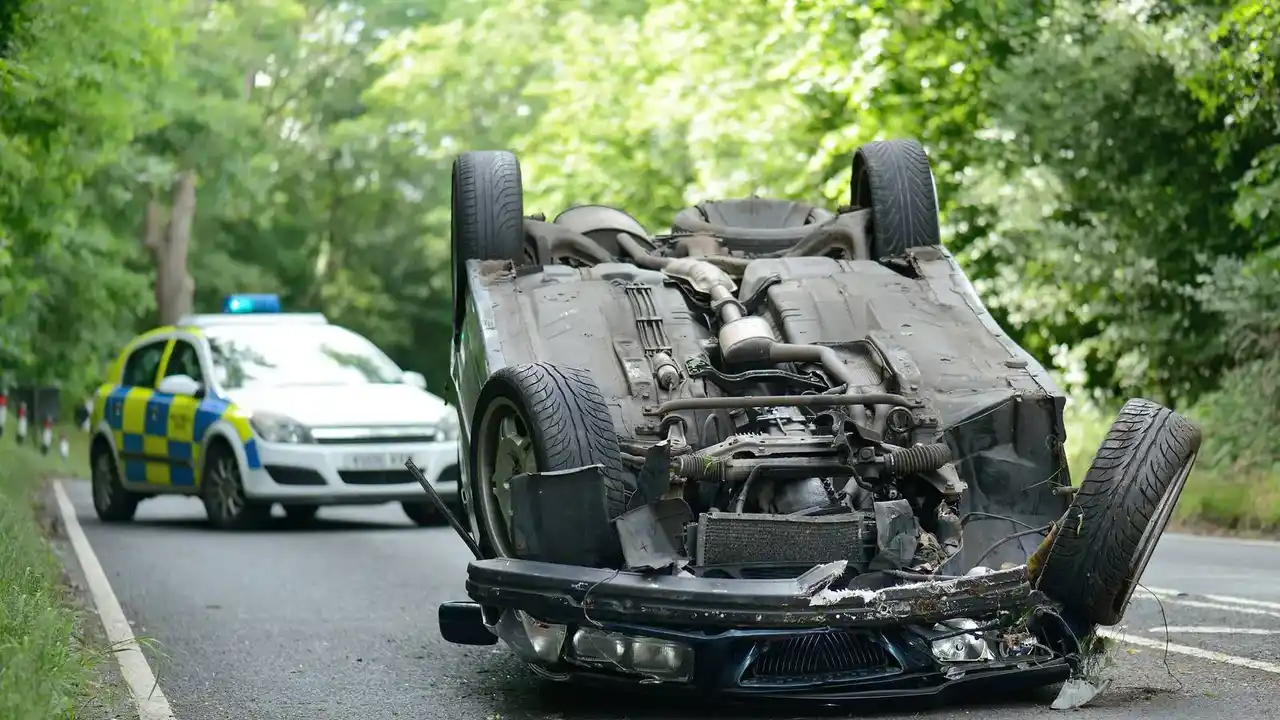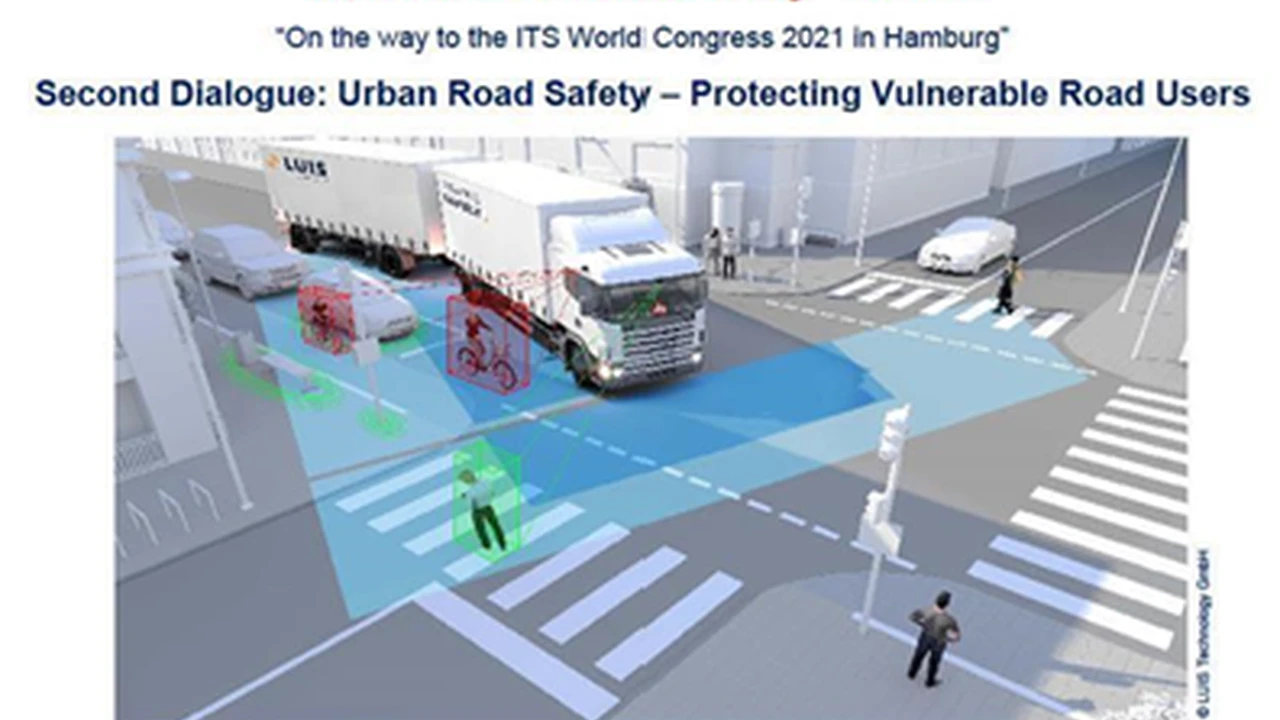Understanding Pedestrian Detection Systems: A Safety Guide

What Are Pedestrian Detection Systems and Why Are They Important Pedestrian Safety Technology
Okay, so you've probably heard about all these fancy car safety features, right? One of the coolest, and arguably one of the most important, is the pedestrian detection system. Simply put, it's a technology that uses cameras, sensors (like radar and lidar), and sophisticated algorithms to identify pedestrians in or near the roadway. Think of it as an extra pair of eyes – a super-alert, never-blinking pair of eyes – constantly scanning for people. And those eyes are connected to your car's brain.
But why is this so important? Well, pedestrian fatalities are a serious problem. Even with all the safety advances we've made in cars, people still get hit by cars far too often. These systems are designed to reduce those numbers. They can alert the driver to the presence of a pedestrian, giving them time to react. In some cases, the system can even automatically apply the brakes to avoid a collision or lessen the impact. It's about saving lives, plain and simple.
How Pedestrian Detection Systems Work A Deep Dive into the Technology
Alright, let's geek out a little and look under the hood. Pedestrian detection systems are actually pretty complex. They rely on a combination of different technologies working together.
- Cameras: These are the primary "eyes" of the system. They capture visual information about the surroundings. Some systems use multiple cameras, including stereoscopic cameras, to create a 3D image of the environment. This allows the system to better judge distances.
- Radar: Radar uses radio waves to detect objects and determine their distance and speed. It's particularly useful in poor weather conditions like rain or fog, where cameras might struggle.
- Lidar: Lidar is similar to radar, but it uses laser light instead of radio waves. This allows for much higher resolution and more accurate object detection. However, lidar can be more expensive and less effective in certain weather conditions.
- Sensors: Ultrasonic sensors and other types of sensors can be used to detect objects close to the vehicle.
- Algorithms: This is where the magic happens. The data from the cameras and sensors is fed into sophisticated algorithms that are trained to identify pedestrians. These algorithms use machine learning and artificial intelligence to recognize patterns and distinguish pedestrians from other objects, like trees, signs, or other vehicles.
The algorithms are constantly learning and improving. The more data they are exposed to, the better they become at accurately identifying pedestrians in different situations, lighting conditions, and clothing. They can even recognize common pedestrian poses, like walking, running, or standing.
The Benefits of Pedestrian Detection Systems Enhanced Road Safety
The benefits of these systems are pretty clear. They make our roads safer for everyone, not just drivers. Here are some key advantages:
- Reduced Accidents: The primary benefit is a reduction in pedestrian accidents. By alerting drivers to the presence of pedestrians, these systems give them more time to react and avoid a collision.
- Improved Driver Awareness: Even if the system doesn't intervene automatically, it can help improve driver awareness. The alerts can help drivers stay more focused and attentive, especially in areas with high pedestrian traffic.
- Increased Peace of Mind: Knowing that your car has this extra layer of safety can give you peace of mind, especially when driving in urban areas or at night.
- Lower Insurance Premiums (Potentially): Some insurance companies offer discounts for vehicles equipped with advanced safety features like pedestrian detection systems. It's worth checking with your insurer to see if you qualify.
Real-World Applications of Pedestrian Detection Systems Where Are They Used
You'll find pedestrian detection systems in a variety of vehicles, from everyday cars to commercial trucks. They are particularly useful in:
- Urban Environments: Cities and towns with high pedestrian traffic are prime locations for these systems. They can help prevent accidents in crosswalks, intersections, and other areas where pedestrians are likely to be present.
- School Zones: School zones are another important area. These systems can help protect children who are walking to and from school.
- Night Driving: Pedestrians are harder to see at night, making these systems even more valuable. They can help drivers detect pedestrians in low-light conditions.
- Adverse Weather Conditions: Rain, fog, and snow can reduce visibility and make it harder to see pedestrians. Radar-based systems are particularly useful in these conditions.
Beyond cars, this technology is also being explored for use in other applications, such as autonomous vehicles, public transportation, and even security systems.
Product Recommendations and Comparisons Pedestrian Detection Systems on the Market
Okay, let's talk about some specific products and see how they stack up. Keep in mind that availability and pricing can vary depending on your location and the specific vehicle you're looking at.
Subaru EyeSight
Subaru's EyeSight system is a well-regarded safety suite that includes pedestrian detection with automatic emergency braking. It uses two cameras mounted near the rearview mirror to monitor the road ahead. EyeSight is generally praised for its accuracy and responsiveness.
- Pros: Good reputation for reliability, comes standard on many Subaru models, relatively affordable.
- Cons: Camera-based system may be less effective in heavy rain or snow compared to radar-based systems.
- Typical Use Case: Daily driving in a variety of conditions.
- Price (as part of the overall EyeSight package): Included in the price of the vehicle. Check Subaru's website for current pricing on models with EyeSight.
Volvo City Safety
Volvo is known for its commitment to safety, and City Safety is a key part of that. It includes pedestrian detection, cyclist detection, and large animal detection, all with automatic braking. Volvo's system uses a combination of radar and cameras for enhanced performance.
- Pros: Comprehensive safety suite, good performance in various conditions, includes cyclist and large animal detection.
- Cons: Can be more expensive than some other systems.
- Typical Use Case: Families and individuals prioritizing safety above all else.
- Price (as part of the overall City Safety package): Included in the price of the vehicle. Check Volvo's website for current pricing on models with City Safety.
Tesla Autopilot (with pedestrian detection)
Tesla's Autopilot system also includes pedestrian detection, although it's often bundled with other advanced driver-assistance features. Tesla uses a combination of cameras, radar, and ultrasonic sensors. It's important to note that Autopilot is not a fully autonomous system and requires driver supervision.
- Pros: Advanced technology, constantly improving through over-the-air updates, integrates with other Autopilot features.
- Cons: Can be expensive, driver supervision is required (and crucial).
- Typical Use Case: Tech-savvy drivers who want the latest in driver-assistance technology.
- Price (as part of the Autopilot package): Varies depending on the Tesla model and Autopilot configuration. Check Tesla's website for current pricing.
Aftermarket Pedestrian Detection Systems
While integrated systems are generally more reliable, there are also some aftermarket pedestrian detection systems available. These systems can be installed on older vehicles that don't have built-in safety features. However, it's important to do your research and choose a reputable brand.
- Pros: Can add pedestrian detection to older vehicles, potentially more affordable than buying a new car.
- Cons: Can be less reliable than integrated systems, installation may be complex, may not be compatible with all vehicles.
- Typical Use Case: Owners of older vehicles who want to improve safety.
- Price: Varies widely depending on the system. Expect to pay several hundred dollars for a decent system.
Factors to Consider When Choosing a System Pedestrian Detection Buying Guide
When choosing a pedestrian detection system, consider the following factors:
- Accuracy: How accurately does the system detect pedestrians? Look for systems that have been tested and rated by independent organizations.
- Reliability: How reliably does the system work in different conditions? Consider systems that use a combination of sensors (cameras, radar, lidar) for enhanced performance.
- Response Time: How quickly does the system react to the presence of a pedestrian? A faster response time can make a big difference in preventing an accident.
- Price: How much does the system cost? Consider both the initial purchase price and any ongoing maintenance costs.
- Integration: How well does the system integrate with the vehicle's other systems? Look for systems that are easy to use and don't interfere with other driving functions.
Tips for Improving Road Safety with Pedestrian Detection Systems Safe Driving Practices
Having a pedestrian detection system is great, but it's not a substitute for safe driving practices. Here are some tips for improving road safety:
- Stay Alert: Pay attention to your surroundings and be aware of pedestrians, especially in areas with high pedestrian traffic.
- Obey Traffic Laws: Follow speed limits and traffic signals.
- Avoid Distractions: Don't text, talk on the phone, or engage in other distracting activities while driving.
- Be Prepared to Stop: Be ready to stop for pedestrians at any time, especially in crosswalks and intersections.
- Maintain Your System: Make sure your pedestrian detection system is properly maintained and calibrated.
The Future of Pedestrian Detection Systems What's Next
The technology behind pedestrian detection systems is constantly evolving. We can expect to see even more advanced systems in the future, with improved accuracy, reliability, and integration with other vehicle systems. Some potential future developments include:
- More Sophisticated Algorithms: Algorithms will continue to improve, allowing systems to better recognize pedestrians in even more challenging situations.
- Integration with Smart City Infrastructure: Pedestrian detection systems could be integrated with smart city infrastructure, such as traffic lights and crosswalks, to create a more coordinated and safer environment for pedestrians.
- Autonomous Vehicles: Pedestrian detection systems will be crucial for the safe operation of autonomous vehicles.
- Personalized Safety Features: Systems could be personalized to individual drivers and their driving habits.
Ultimately, the goal is to create a world where pedestrian accidents are a thing of the past. Pedestrian detection systems are a major step in that direction.
:max_bytes(150000):strip_icc()/277019-baked-pork-chops-with-cream-of-mushroom-soup-DDMFS-beauty-4x3-BG-7505-5762b731cf30447d9cbbbbbf387beafa.jpg)






